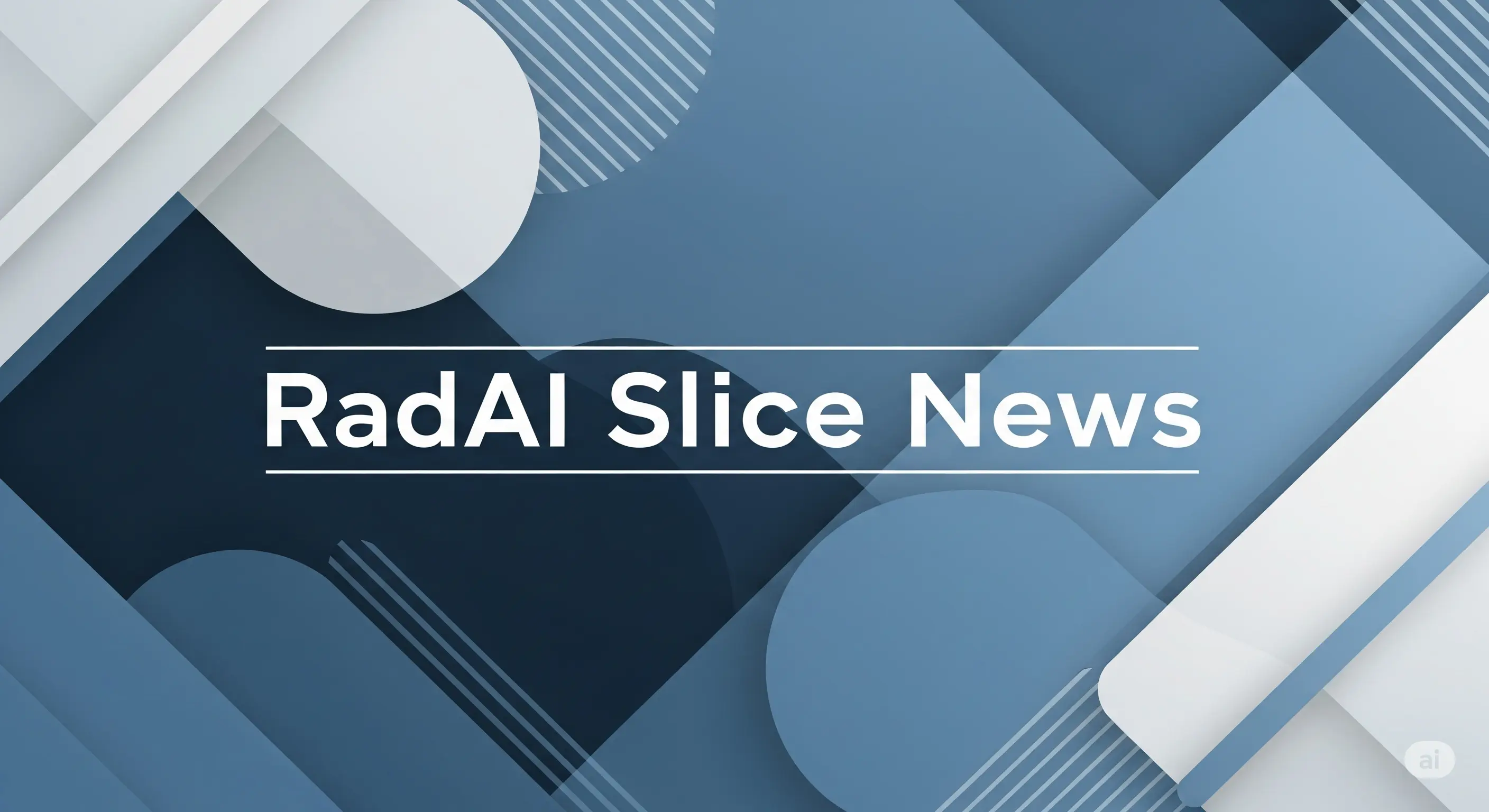
EPFL researchers created an AI-driven microscopy system that predicts and analyzes misfolded protein aggregation in real time.
Key Details
- 1Developed a self-driving imaging system combining multiple microscopy methods and deep learning.
- 2System predicts and detects protein aggregation—a hallmark of neurodegenerative diseases—in living cells.
- 3Uses label-free microscopy to minimize sample alteration and maximize imaging efficiency.
- 4Upon aggregation detection, system triggers Brillouin microscope to analyze biomechanical properties of aggregates.
- 5Aggregation onset detection achieved 91% accuracy using a specialized deep learning algorithm.
- 6Published in Nature Communications, with potential impact on drug discovery and precision medicine.
Why It Matters
This work showcases how AI-driven, label-free imaging can reveal dynamic, disease-relevant cellular processes in unprecedented detail, opening new pathways for diagnostic research and drug development in neurodegenerative diseases.

Source
EurekAlert
Related News

•EurekAlert
AI Model Accurately Predicts Blood Loss Risk in Liposuction
A machine learning model predicts blood loss during high-volume liposuction with 94% accuracy.

•EurekAlert
AI-Driven CT Tool Predicts Cancer Spread in Oropharyngeal Tumors
Researchers have created an AI tool that uses CT imaging to predict the spread risk of oropharyngeal cancer, offering improved treatment stratification.

•EurekAlert
AI Model PRTS Predicts Spatial Transcriptomics From H&E Histology Images
Researchers developed PRTS, a deep learning model that infers single-cell spatial transcriptomics from standard H&E-stained tissue images.